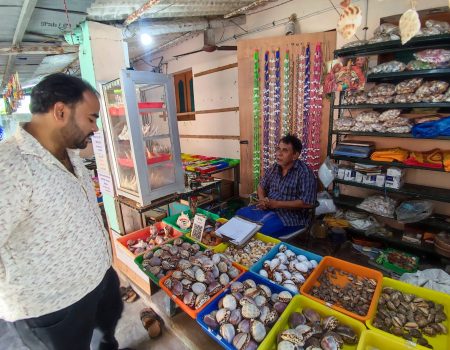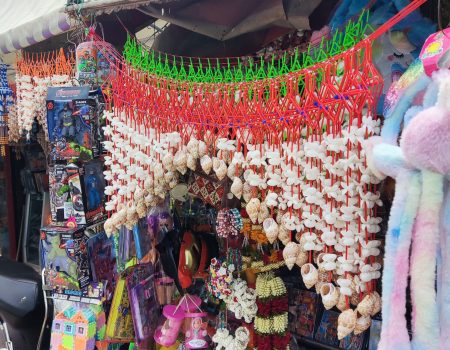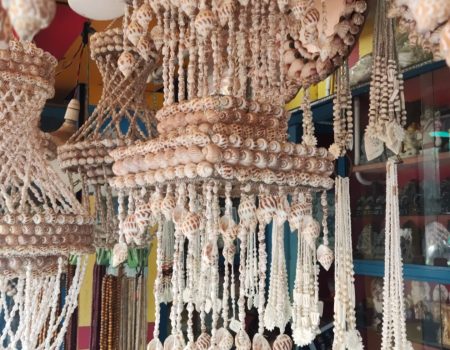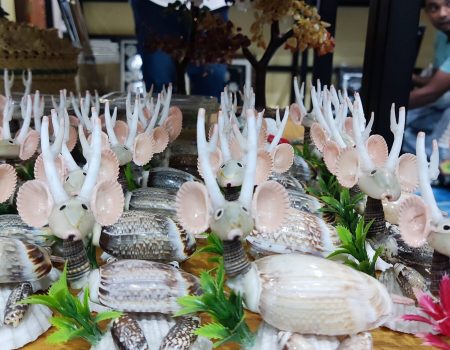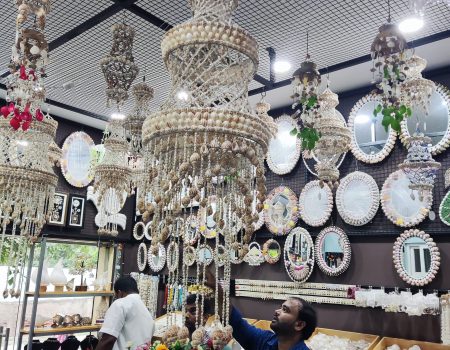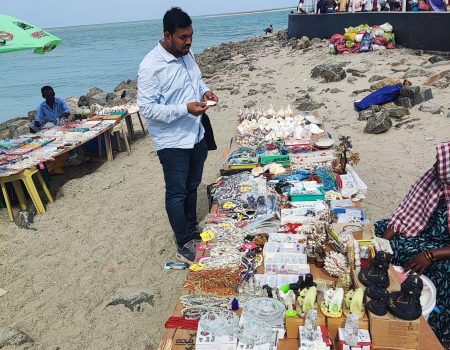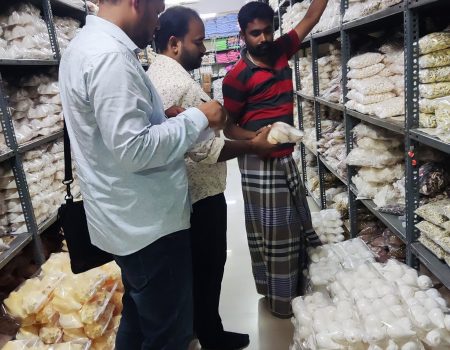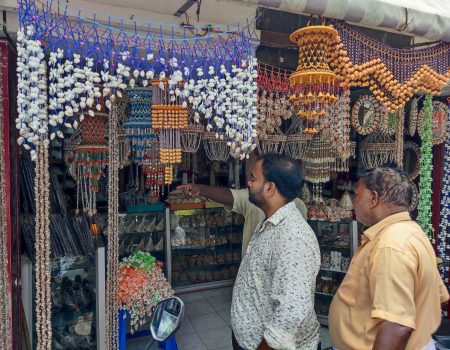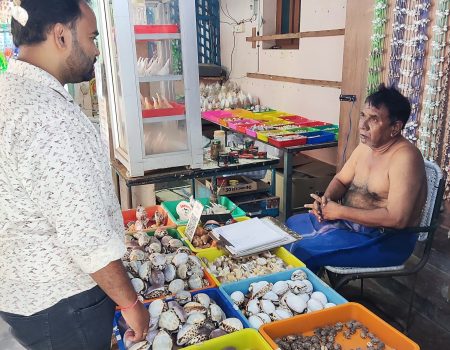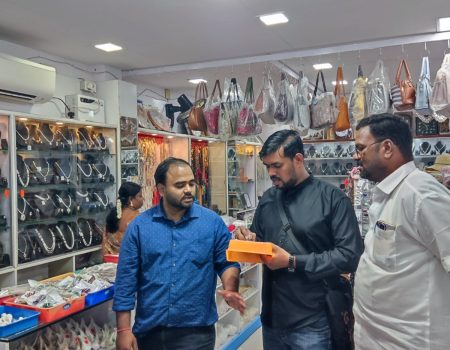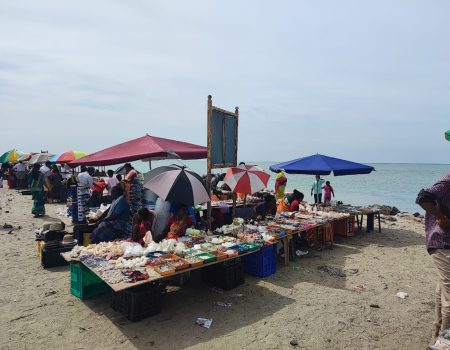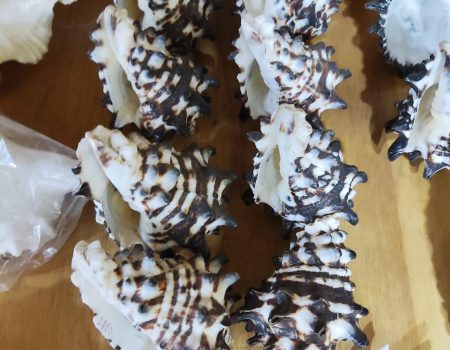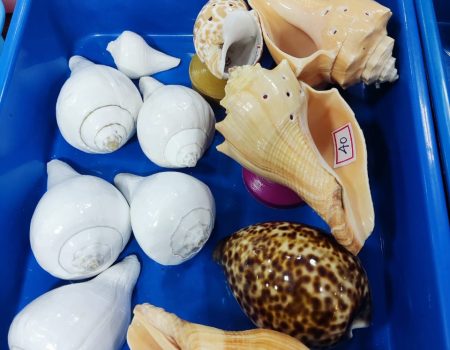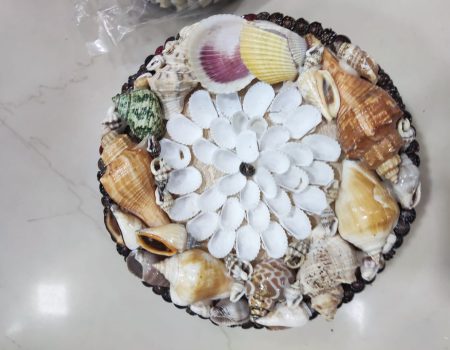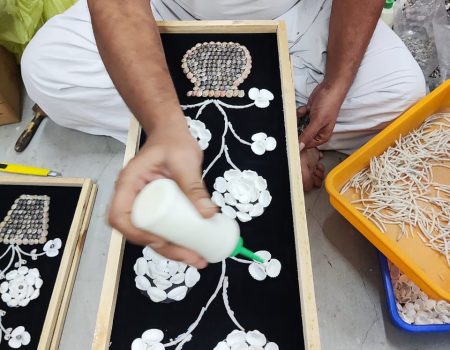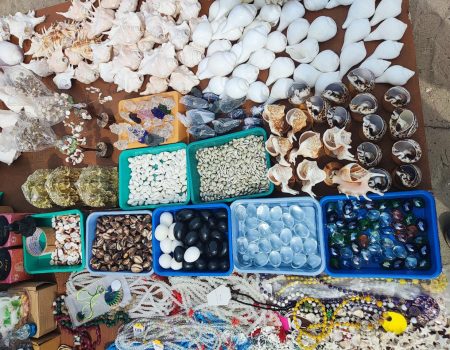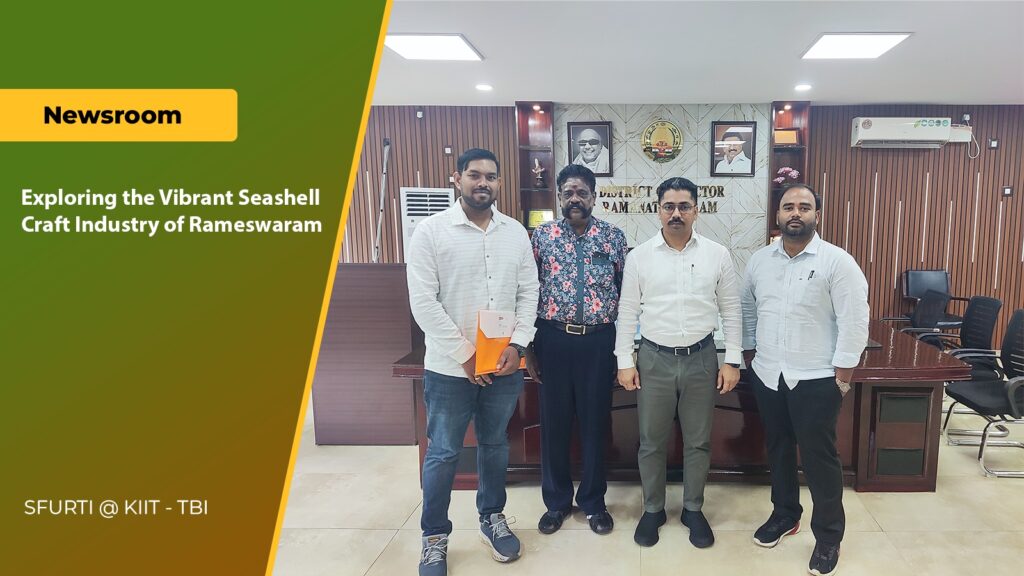To enhance the ongoing survey report on the seashell crafts of Puri and to gain in-depth insights into the broader dynamics of the craft, a team from KIIT-TBI comprising Dr. Barada Prasanna Sahoo, (Project Head) and Mr. Manoranjan Maharana (Expert) conducted a field visit to Rameswaram from May 17th to May 20th, 2025. Renowned globally for its vibrant seashell craft industry, Rameswaram was selected for its robust ecosystem of micro and small enterprises involved in seashell-based production and trade.
The primary objective of the visit was to explore the supply chain of seashell craft of the region to understand the status of the product basket, level of technology adoption, marketing practices, diversity in raw material and its sourcing options, cost structures, and distribution of profit margins across stakeholders. During the survey, Mr. Kanan KSV, representative of the General Manager, District Industries Centre (DIC), Ramanathapuram, and Mr. V. Elango, a local resource person provided valuable assistance in mapping the local craft sector.The thriving Seashell craft industry in Rameswaram supports numerous coastal families and benefits significantly from the region’s rich tourism ecosystem that includes landmarks such as the Ramanathaswamy Temple, Dhanushkodi, Pamban Bridge, Ram Setu, Kalam Memorial and Ariyaman Beach etc.
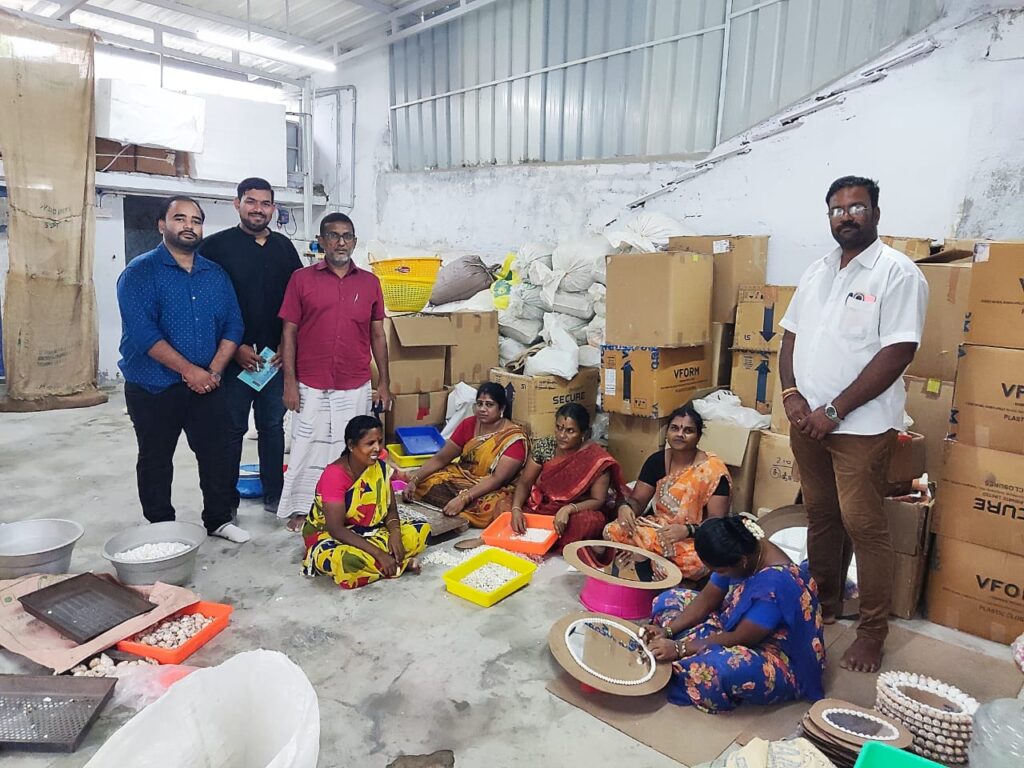
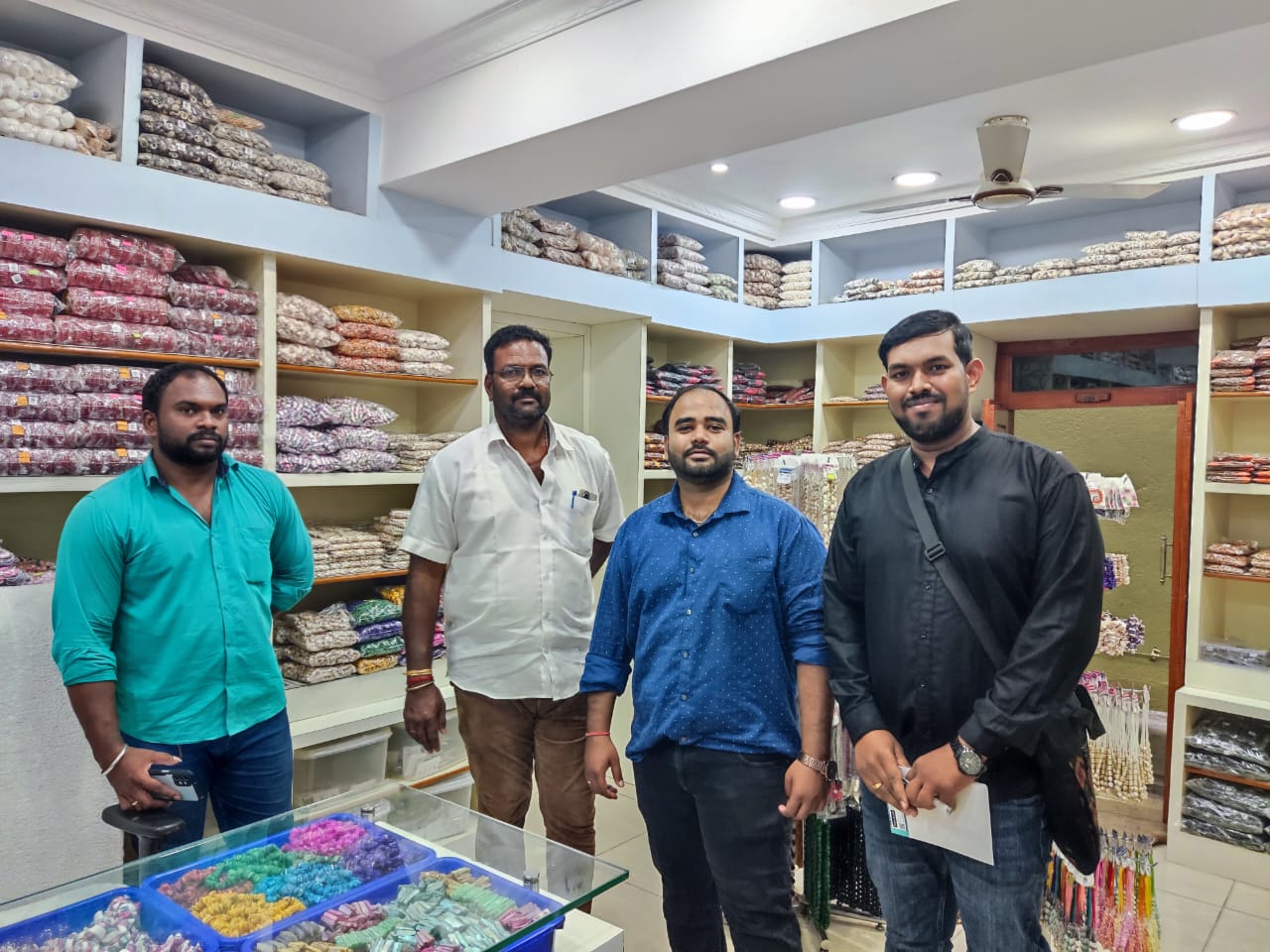
To gain firsthand insights of it, the survey team visited two prominent micro-scale seashell units on Muslim N Street i.e., Rainbow Seashell Crafts and Kalam Seashell Mart. Rainbow Seashell Crafts employs 40 artisans who create a wide variety of items from mirrors and ceiling décor to wall hangings and key chains using manually processed seashells. Despite a wide product range, the unit uses minimal machinery with artisans expressing pride in preserving traditional, hands-on craftsmanship as an essential part of their cultural identity. Whereas, Kalam Seashell Mart, named after late president of INDIA Dr. A.P.J. Abdul Kalam, is a women-led enterprise employing 30 skilled female artisans. It exemplifies women’s empowerment through sustainable skill-based livelihoods and produces items such as pooja shells, shell jhumars, lamps, curtains and Jewellery. The unit also includes trading, wholesale and display facilities.
Remarkably, despite limited language skills the artisans’ work has reached national and international markets, underscoring the universal appeal of authentic craftsmanship. The team also visited Gandhi Seashell Craft, a major raw material processing and wholesale unit on Market Street. Employing around 60 artisans, this facility handles seashells sourced locally and imported from countries like USA, China, and parts of Africa. The unit processes, polishes, and grades the shells into two quality categories and supplies a diverse range of materials essential for seashell crafts. Key items include Dynabatti (3.5"–7", INR 220–650), Orange Pearls (INR 110–140), Blowing Patti (INR 30–60), and high-value shells like Yellow Kaudi (INR 1,000/kg) and Big Scallops (INR 120/piece). The team also visited several key retail outlets to understand the marketing strategy and pricing, including Shri Sathya, Rajpurohit, and SS Buhari Seashell Marts, as well as numerous shops near the Ramanathaswamy Temple, where seashell products are sold primarily to tourists with an average markup of 20% over wholesale prices.
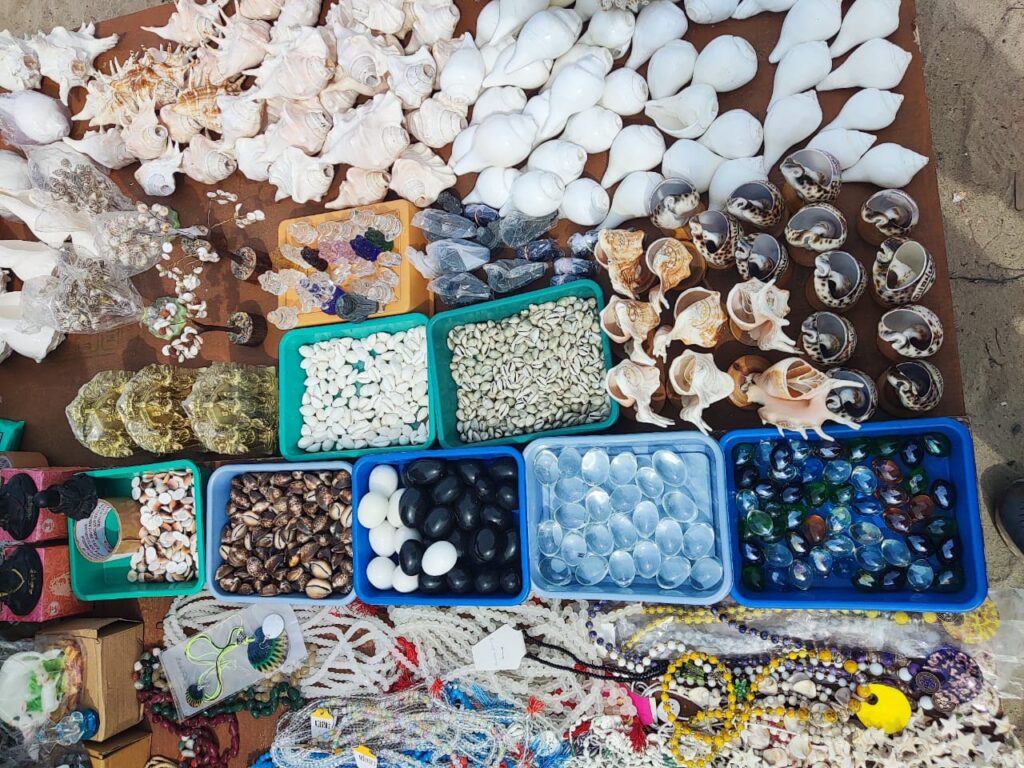
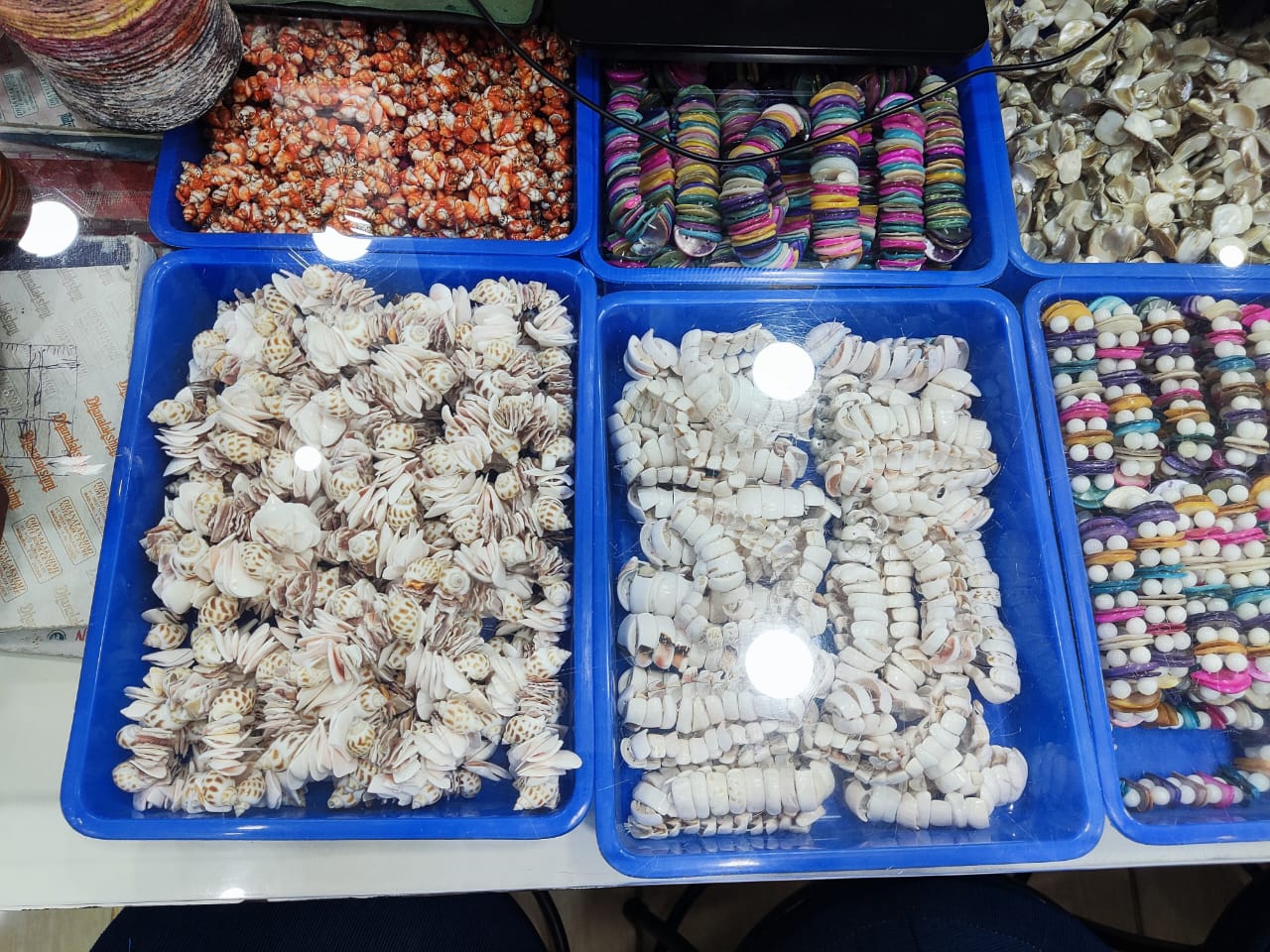
A highlight was Sharmila Shell Arts, operated by Mr. Nagraj, a seasoned artisan with over 45 years of experience. His journey from a salaried craftsman to an independent entrepreneur following pandemic-related challenges reflects the resilience and determination of local artisans. Further exploration of the market revealed a wide product range from INR 10 hair clips to INR 6000 pooja shells with peak seasonal sales reaching up to INR 1 lakh per month. The team also visited the Dhanushkodi market, where over 40 temporary stalls cater to tourists, offering seashell items at 20–40% higher prices than in Rameswaram driven by tourist demand and supply chain markups. To sum up the survey and gather institutional perspectives, the team met with Collector Simranjeet Singh Kahlon, I.A.S., who expressed strong administrative support for the seashell craft sector, especially women-led enterprises. He emphasized the potential for collaboration between Rameswaram and Odisha to enhance technology use and foster innovation.
The Collector welcomed initiatives such as training exchanges, joint exhibitions, and co-developed products to strengthen cross-regional artisan empowerment. Additionally, the team interacted with Er. S. Thiripura Sundari, GM of the District Industries Centre (DIC), who acknowledged current challenges due to limited community engagement but reaffirmed her commitment to supporting initiatives that promote traditional skills, entrepreneurship, and artisan empowerment in the region. In conclusion, the Rameswaram field visit offered valuable insights into the seashell craft ecosystem, highlighting the impact of skill level of artisans, product innovation, marketing strategies and tourism integration on sustainability of the craft. These findings will strengthen the ongoing survey of Puri’s seashell crafts and open avenues for cross-regional collaboration in technology, market development, and artisan empowerment.
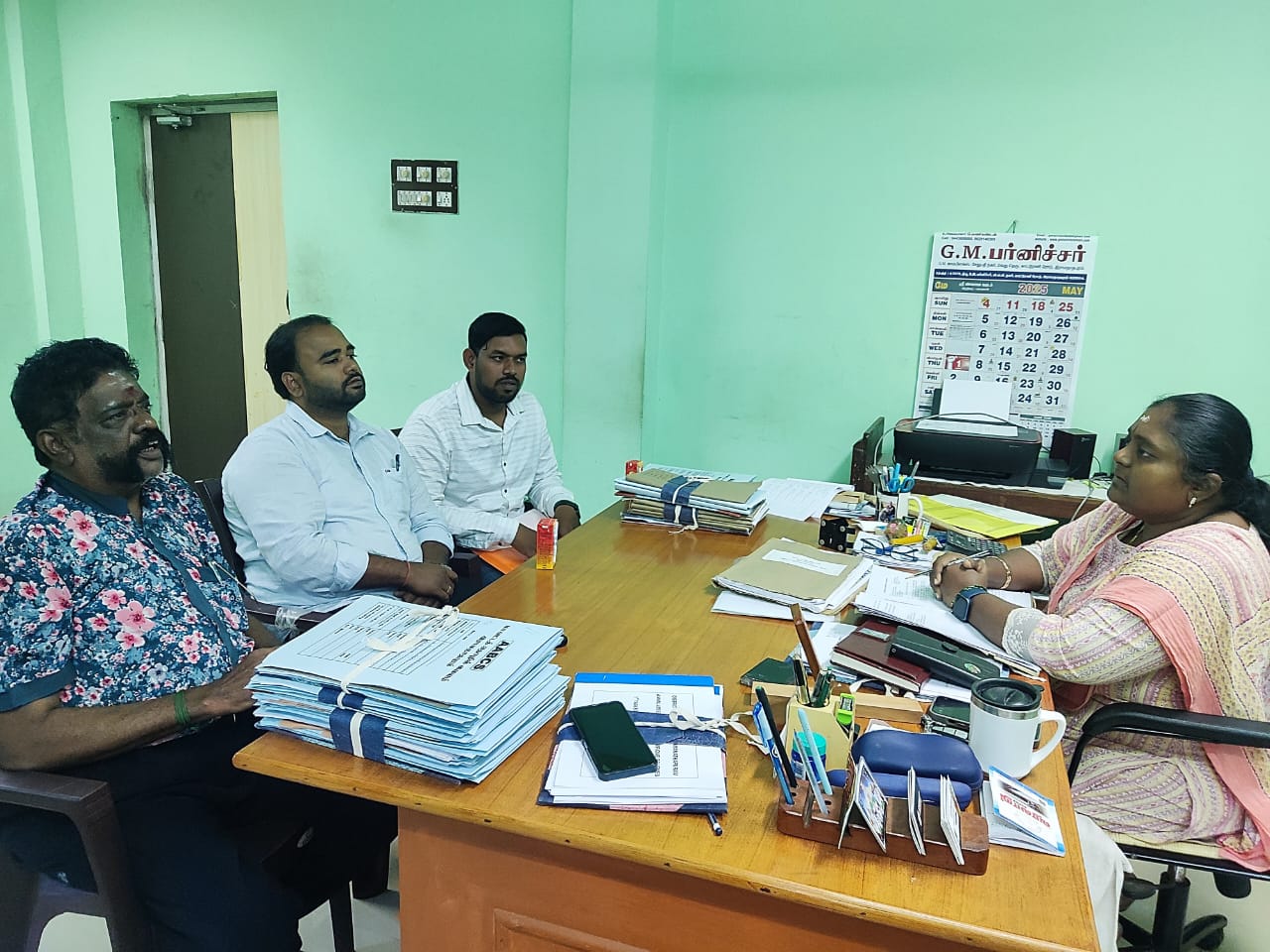
Glimpses
